Today I’m going to talk about shooting in the rain, or shortly after the rain has stopped. Some photographer’s stay in doors in inclement weather, but by doing so you’re reducing your chances of getting some great shots. First though, here are the results of the Contrasting Colours Photography Assignment. From the beginning of April, for a whole month listeners were out and about shooting for the assignment that I announced in Episode 31 of this Podcast. Entries were uploaded to the Assignment gallery at mbpgalleries.com until the end of April, and then voting started for two weeks. The voting stopped a couple of hours ago and now the results are in. All entries were excellent, and I thank each and every one of you for your efforts and time taken to enter.
You can see the member’s images I’m about to mention in the same ways as usual. If you are listening with the streaming audio launched from my site at the thumbnails will change as I talk about them, so you just need to click them. If you are listening in iTunes, just click through the thumbnails and click to view full size. You can of course click the thumbnails on my Podcasts page too, or enter the number I call out with each image into the field on my top page or Podcasts page and click the orange button. The member’s image numbers will be preceded by the letter m for member, without a space or anything between the m and the number. This will jump you directly to the mbpgalleries.com site.
So to get right to it, in third place is image number m1075, which is merigold’s striking shot of a load of green and red chilly peppers. The title is appropriately “HOT PEPPERS” and is a very nicely composed shot looking right down on the peppers with bright, contrasting colours. One thing I’m a little disappointed about with the entry is that I can see from the EXIF data below the shot, this was shot in October last year. I’m going to let this go this time, but remember, the idea is to get out and shoot for the Assignment, and not go through your stock and see what you might have that fits the bill. This is also stated in the assignment guidelines.
In second place, BKSecret’s simply beautiful shot “Chive Dive”, which is shot number m1175. The deep red, almost purple head of the Chive in the foreground is the only part of the shot in perfect focus, with the shallow depth-of-field, quickly throwing the stem of the plan and the second plant in the background out of focus. The bright yellow background shows the main and secondary subjects off with exactly the high colour contrast I was looking for with this assignment. Well done BKSecret, for participating, and congratulations on taking second place.
And now for the winner… The image that got the most votes to take first place, to win an original print of the shot of the winners choice from my online gallery, is “Rowing by Numbers”, by Orchid. Orchid, or Irene’s shot, which is number m1187, of a row of green and red boats, tied together and shot at an angle is a classic image. Orchid’s eye for a shot has never ceased to impress me, and this is no exception. The Red and the Green are two of the three primary colours of the RGB colour model, and therefore work well in a high colour contrast shot, but the shot itself, the mood of the tilted frame, the tight crop, and the three with number, 68, 59 and 67, running across the bottom of the frame make for a very successful image. Once again congratulations Orchid! I’ve already mailed asking you to choose the image for your original print.
If you want to be in with a chance of winning the next Assignment, and banking your votes towards the yearly Grand Prize I’m working on, then listen on for details as the next Assignment starts today.
So, as I said in the introduction, today I’m going to talk about shooting in the rain or shortly after the rain has stopped. Some photographer’s stay indoors in inclement weather, but by doing so, you’re reducing your chances of getting some great shots. Colours are intensified when wet, and raindrops or dew can give a subject totally different characteristics than when dry. Now, the theme for the next photography assignment is going to be “Rainy Days”. I am not expecting you to all run out and get soaking wet shooting in the rain, so I’ll let you know the precautions I take when shooting in wet weather as well, but really, all you need is a brolly.
So, the first image to look at is number 427. This is a humorous shot that I made in a park not far from my apartment here in Tokyo. One rainy afternoon in June 2004 I grabbed my camera and went for a walk. On my way through the park I noticed this stray cat, sitting under a transparent Umbrella, sheltering from the rain. Someone had obviously opened and left the umbrella there for the cat, but he was just really making the most of it. If you look closely, the cat actually has it’s tongue out as if to say, “hey look at me with my posh brolly”. There I go personifying my animal subjects again.
Anyway, there was very little available light when I shot this. I chose an ISO of 800, and my 50mm F1.4 lens was only stopped down by one click to F1.6. I needed all the light I could get. Now, I had no special equipment with me for shooting in the rain, other than my own umbrella. Shooting with an umbrella can be a pain, and when possible, although I didn’t in this shot, I like to use a tripod, as it frees your hands and allows you to keep the camera steady. This particular shot was probably made with the umbrella trapped under my armpit so that I could try to steady the camera with one hand, but this is not a great way to shoot at slow-ish speeds. This was shot at 1/30th of a second by the way. A little slow for a 50mm focal length shot without an Image Stabilizer or Vibration Reduction lens.
There are various clamps available to actually clamp an umbrella to your tripod, but I have never tried any of them. I kind of thing that the wind catching the umbrella will introduce unwanted camera shake, so I prefer holding the umbrella myself, though this can be frustrating at times. If you are interested in picking something up, a quick search on the Internet for umbrella clamp comes up with a fair few products.
The next shot is another peek-a-boo shot, of a white lily with a small spider peeking around the center stamen. It is image number 428 and was shot on the same day as the last shot. I like this shot as the raindrops that had and continued to fall on the flower head are still quite large. The left hand side of the petal has enough depth of field at F2.8 with my 100mm macro lens, to be able to see some pretty sharp droplets, and yet the focus falls off pretty quickly to the front and back of that area, helping to focus our eyes on the large droplets. I had set the ISO to 400 and was getting a shutter speed of 1/20th of a second, even at F2.8, so you can appreciate there was still not a lot of light around. Needless to say I was using a tripod now at this focal length. If I remember correctly, on this for a while here my better ‘alf was holding the umbrella for me as I was crouching or kneeling down for this, but she got frustrated as her arm started to ache, and pass the brolly back to me shortly after shooting this. So another tip is don’t rely on anyone to hold your brolly unless they are your assistant and you’re paying them an hourly rate. Otherwise you’ll end up in an argument or at the least find that the person will probably not accompany on any more walks in the park on a rainy afternoon.
Next up, let’s take a look at image number 714, which was shot not very long at all after I received my EOS 5D in October 2005. I shot this too at ISO 400, as its usually pretty dim when it’s raining, and again, I was using my 100mm macro lens. The aperture this time was F4, but I was hand holding for this shot, so it’s a little on the soft side. Here we can see how the wet berries are wonderfully saturated, pun intended. That wonderful red colour is really brought out by the wet on the berries and the large droplets hanging off many of them adds a lot more visual elements for our eyes to jump around in the image. Here once again the relatively shallow depth-of-field helps to focus our eyes on the berries and droplets that are in or almost in focus, and also draws our attention to only certain parts of the leaves, helping to remove the distraction of the other elements in the shot.
Now, this next shot, image number 715, really has no visible rain or droplets in it, despite this being shot just eighteen minutes after the last shot, obviously in similar conditions. Something that I’d like you to bear in mind while shooting for the new assignment, is that subjects can become quite dark when wet and we can get the appearance of it either raining, or having rained from this dark look. Also notice the sheen on the tree trunk caused by it being wet. Another point to mention here is that mushrooms often only sprout up in damp conditions, another hint to the overall conditions under which this image was made. This was actually shot at 210mm with my 100-400mm lens, as the scene was high up in the branches of a large tree. I tried zooming in a little more too, but this was one of those occasions where getting in as close as possible didn’t really work, and I think that is because rather than just a shot of some mushrooms, I wanted to see the surrounding environment, because it helps to put everything into perspective. The ISO was now set at 100 as I was using a tripod and the shutter speed was 0.4 of a second.
Once again for these last two shots the only protection I myself had was an umbrella. I do actually have and carry sometimes, a plastic cover that goes over my lens and camera body, and actually extends so far out from the back of the camera that you put it over your head, like a miniature transparent tent to shoot under. I also always carry a handkerchief around with me, and to be honest, I have never gotten to the point where I’ve put the plastic cover on. There are two reasons for this. The first is that dropping a handkerchief or a towel over your lens and body will actually keep it pretty dry, or at least keep the water dissipated enough for it to not harm your camera. The second reason I’ve never used the plastic cover, and if any listener’s make or sell these things, I apologize in advance, but I just can’t bring myself to use the cover unless I really feel my equipment is at risk, really just because I’d feel pretty silly walking around with my body from the elbows up enshrouded in a plastic tent with a lens sticking out the front. I’m not totally dissing this piece of equipment mind. I image that there will be a time when the rain is bad enough for me to trust the handkerchief trick, but for now, I’ve not past the point of caring how silly I look. Mind you, some would argue that the black photographer’s vest and a ton of equipment strapped to my back, makes me look pretty silly too, but I’m used to that.
The last image for today, shot number 744 from November 2005, was made during a visit to the Naruko Gorge in the Miyagi Prefecture. Again, I got away with just a brolly and a handerchief here. If I remember correctly, I also put on rainproof trousers and a jacket while shooting on this day. The rain, once again not really visible in the shots from here, was falling pretty heavily and at an angle, so I would have gotten pretty wet had I not wore protective clothing. If you are near to home though and can get dry pretty easily so you don’t go and catch a cold, then you don’t really need this, unless it’s very cold too. Anyway, you can see in this shot once again, how the rain intensifies colours. I shot the same shot in bright sunlight the following day, and the colours are no where near as saturated. I was using my 16-35mm F2.8 lens, wide open at 16mm. The aperture was F8, which is plenty when focusing at this distance to get a huge depth-of-field, probably even pan-focus, where everything from the foreground to the further object in the shot is in focus. ISO was 100, and the shutter speed 1/6th of a second using a tripod.
So, there we have a number of my shots made on rainy days. Unless you are out in torrential rain, just a few precautions like a brolly, a handkerchief or a towel should be enough to you’re your equipment dry. I should also mention that although the LowePro rucksack that I carry my equipment in is pretty much shower proof, but for heavy rain it has a waterproof cover that tucks into the base, that can be pulled out to cover the whole bag and tripod if necessary. If you don’t have this, take a plastic bag or bin liner, large enough to fit the whole bag in out with you, or put it on before you leave if it’s already raining.
So to finish, remember that the “Rainy Days” assignment will run until end of June, so you have six full weeks. Also please note that if it does not rain in your part of the world during this season, unless you have a severe water shortage, and if you do I apologize for the inconvenience, but you should be able to make your own rain. Part of the fun of the assignment is finding ways to produce an image against the odds, so search out that watering can, hose pipe or what ever and soak something wet to see what it looks like. You might find model willing to get drenched for example. Be careful not to shoot a wet t-shirt competition though, or the shots might not be eligible for this all age-group Podcast and Web site. You might consider carrying a little water sprayer out with you and spritz some foliage to get those droplets of water. This way, there’s no need for it to actually rain, and no danger of your getting your equipment wet either. Remember though that watering plants in direct sunlight can damage them, so be careful what you spritz. Basically there are no rules for this needing to be real rain. The only condition is that the subjects either look wet, the colours are heavily saturated due to rain or the shot makes the viewer think “rain”. Also if you do go out in the rain, and ruin your equipment, please don’t send the repair bill to me. I’ve told you reasonable ways to keep your gear dry, the rest is up to you.
So once again, congratulations to Orchid on winning the Contrasting Colours Assignment. Great shots from everyone! I can’t wait to see what you make of the Rainy days assignment. Just one favour to ask everyone before closing today; please think of all the people you know that are interested in photography, at least three if you can, and email them a link to my Podcasts page or tell them how to subscribe in iTunes etc. It would be great to increase the listener base of the Podcast if possible, and also, let’s try and get a little more participation in this Assignment. The forum is also continuing to be a lively place to hang out, and the wealth of information available in there is growing by the day, so sign-up at martinbaileyphotography.com too if you haven’t already, and join in the fun.
Thanks for listening. Have a great week shooting, and I looking forward to speaking to you again next week. Bye bye.
Show Notes
Music from Music Alley: http://www.musicalley.com/
Subscribe in iTunes for Enhanced Podcasts delivered automatically to your computer.
Download this Podcast in MP3 format (Audio Only).
Download this Podcast in Enhanced Podcast M4A format. This requires Apple iTunes or Quicktime to view/listen.

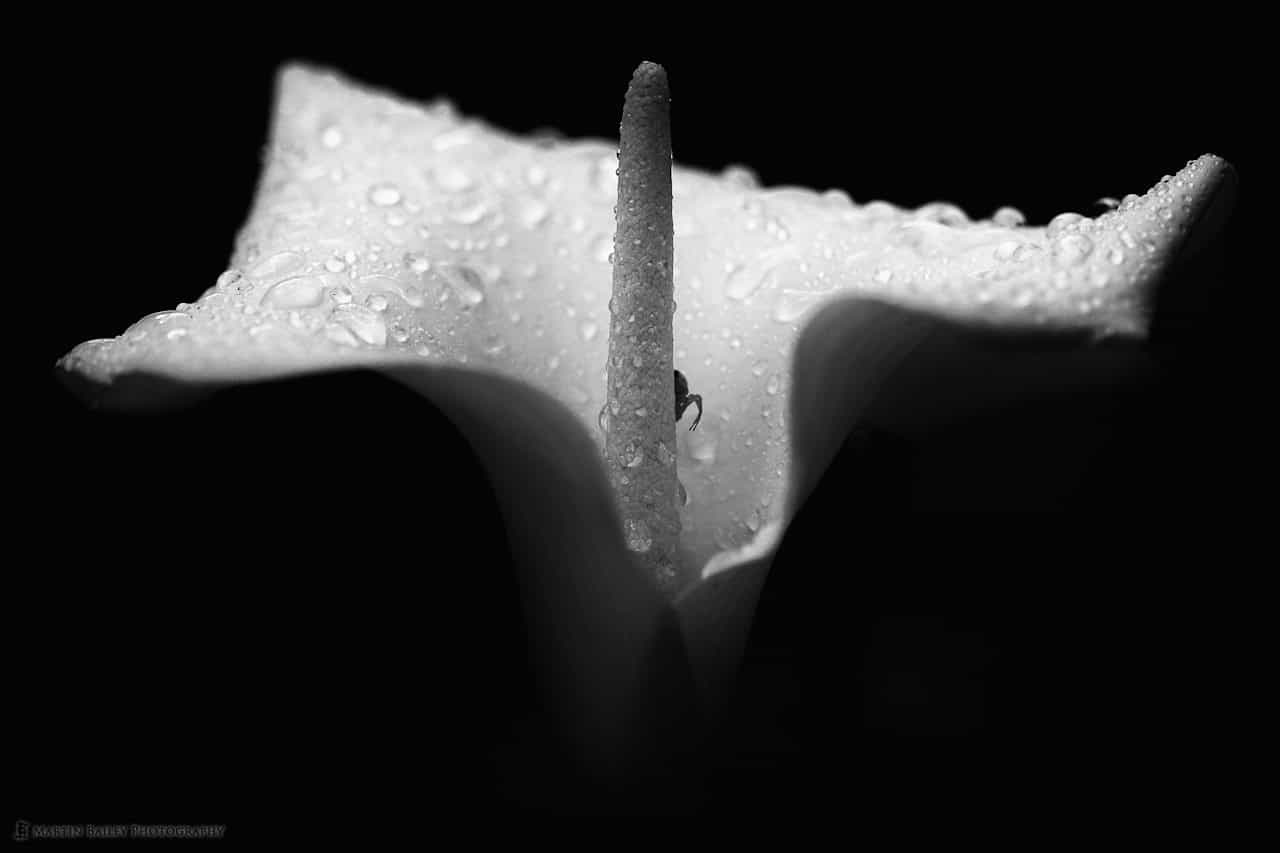
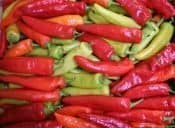
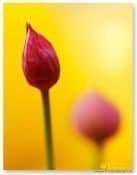

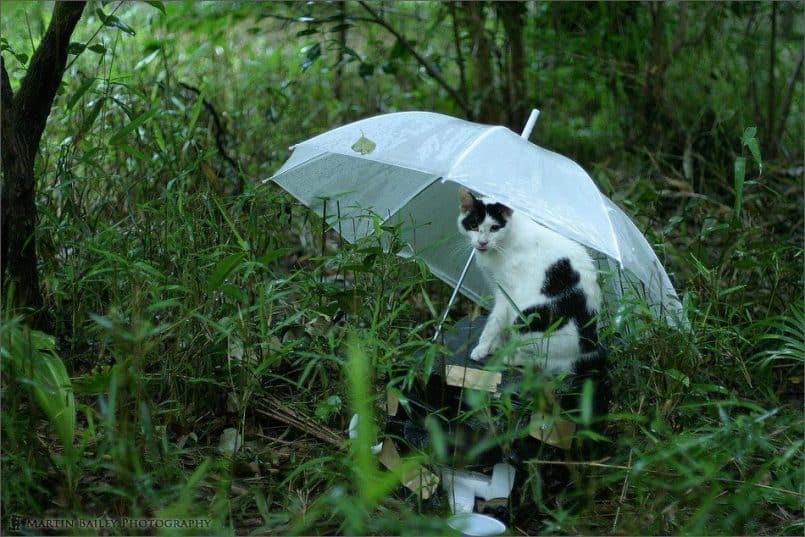
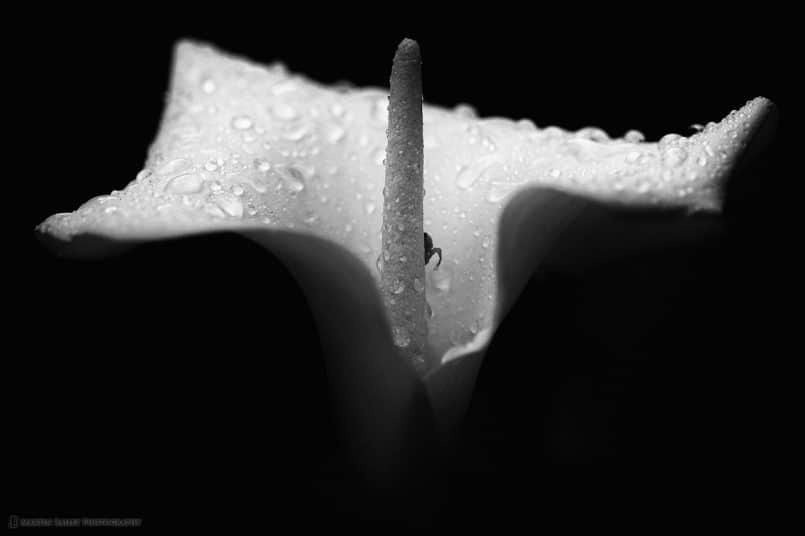

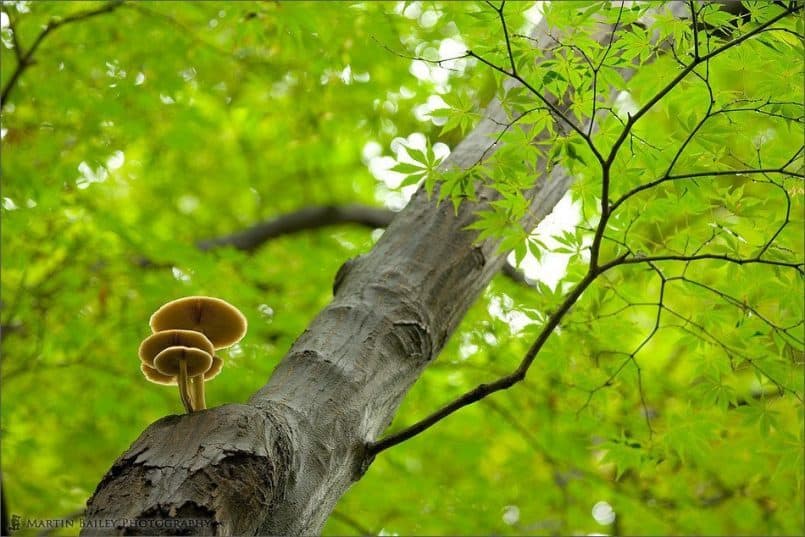
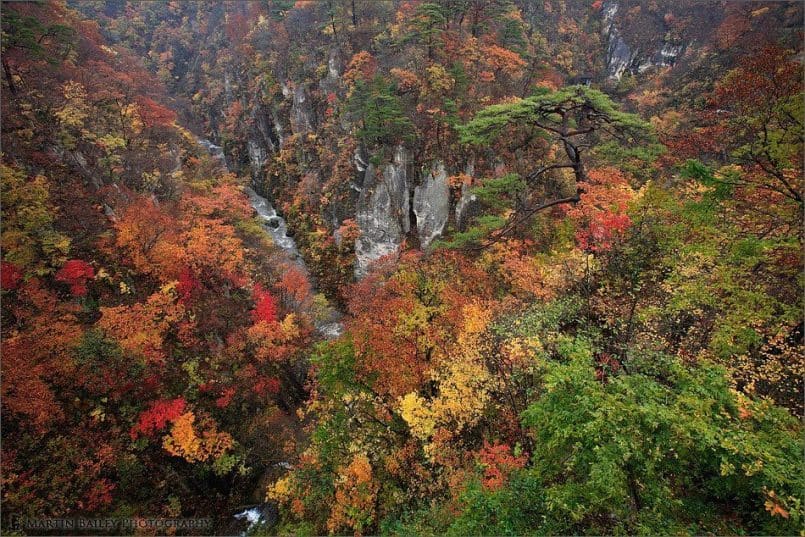

0 Comments